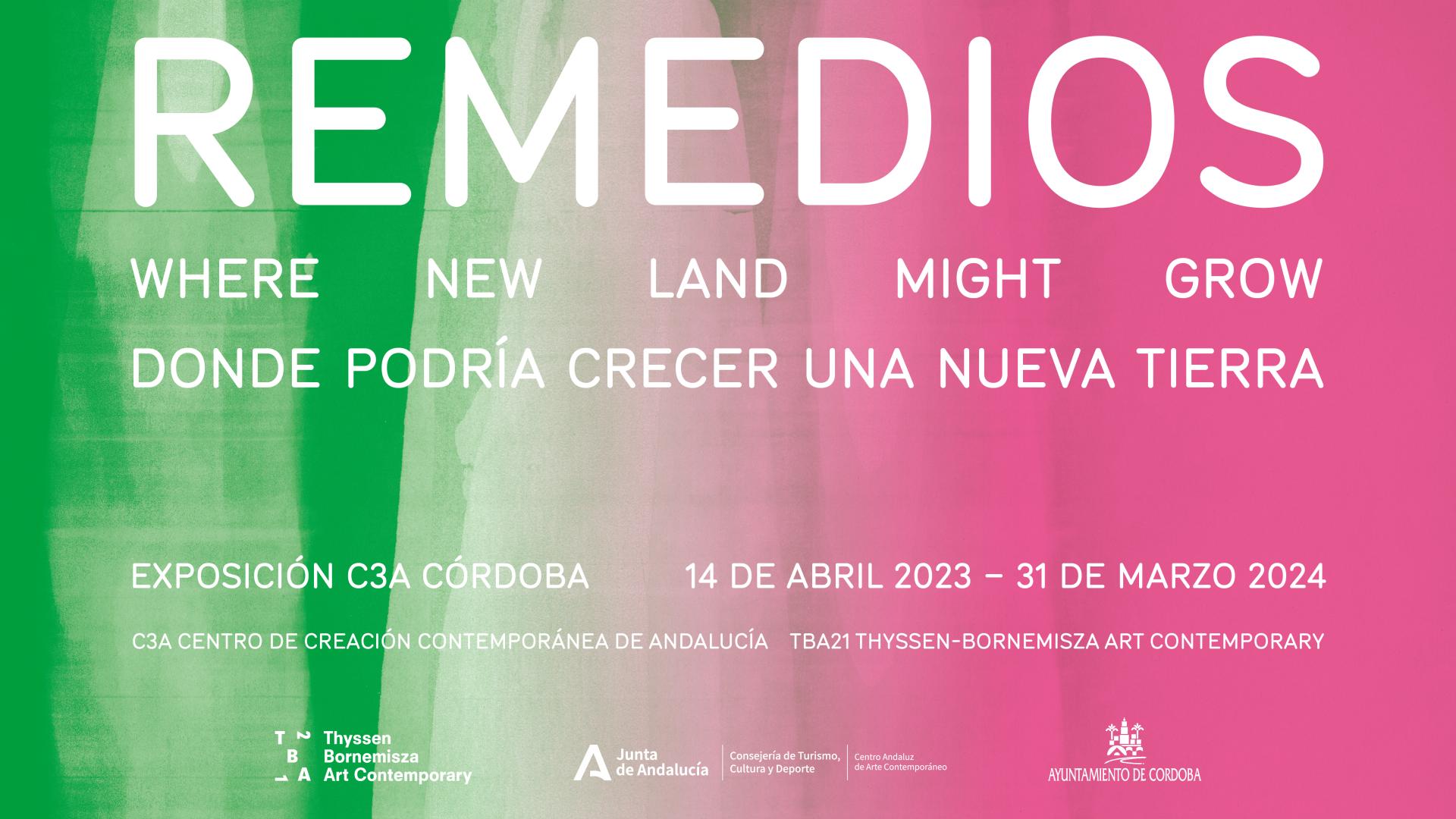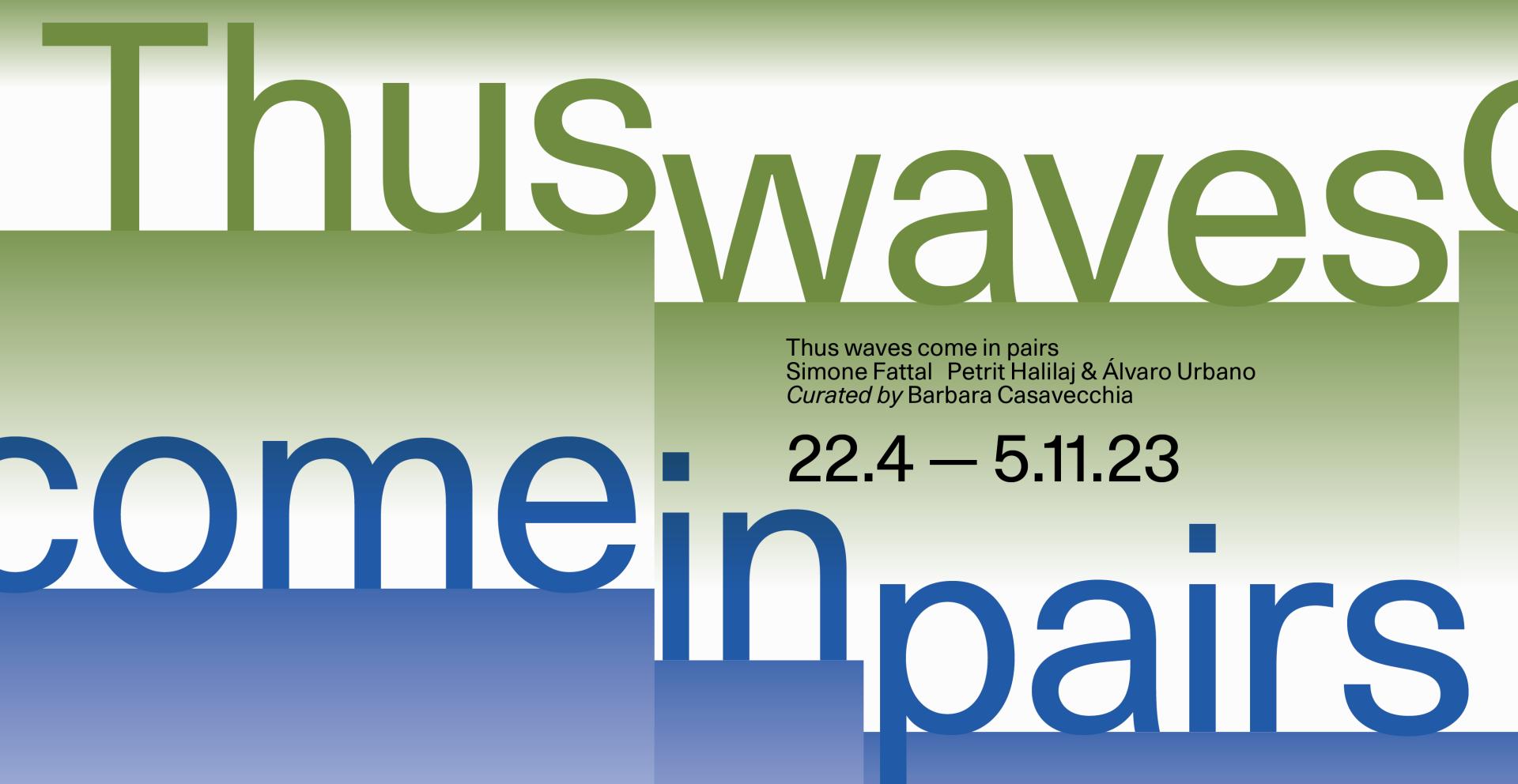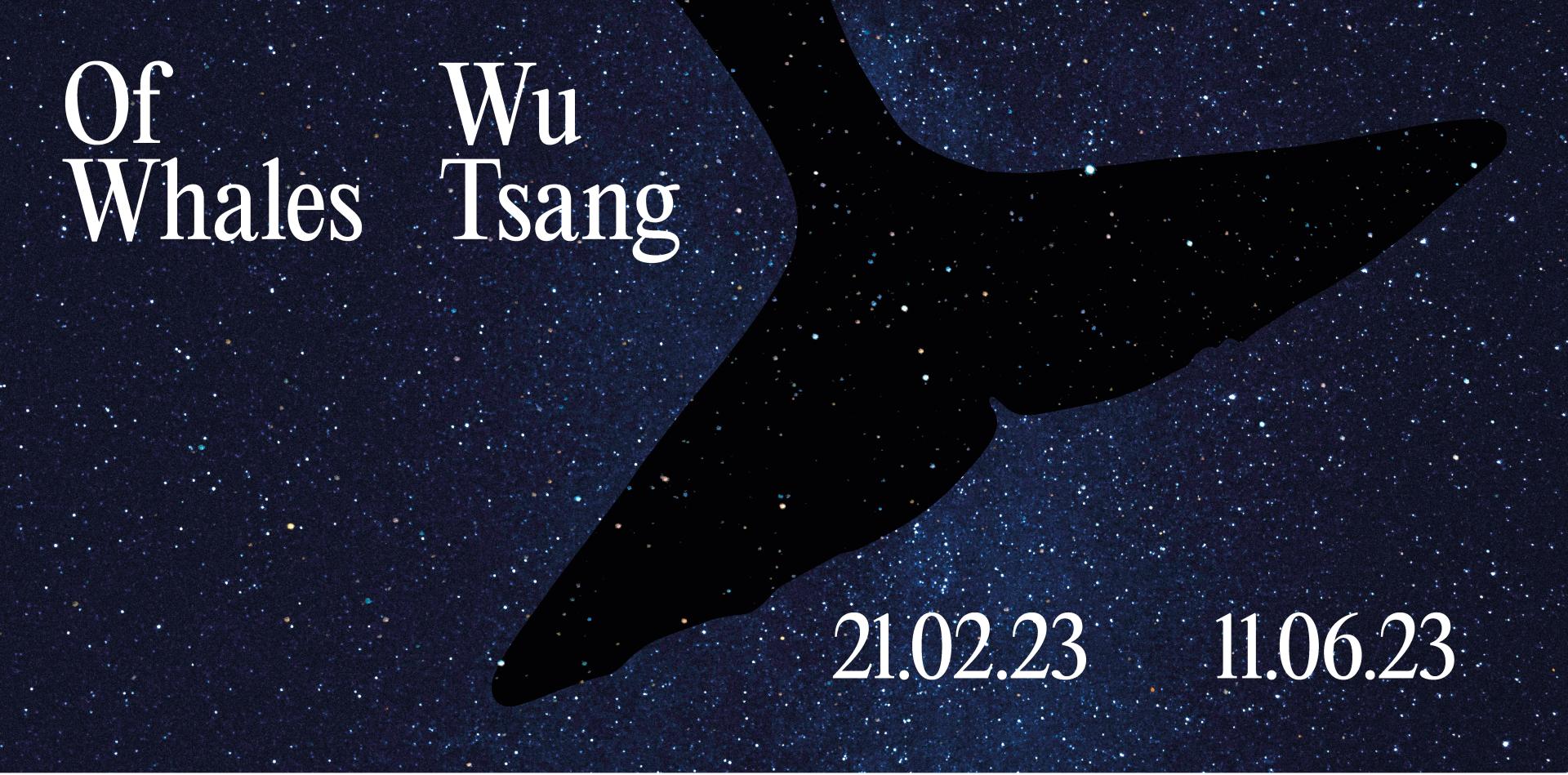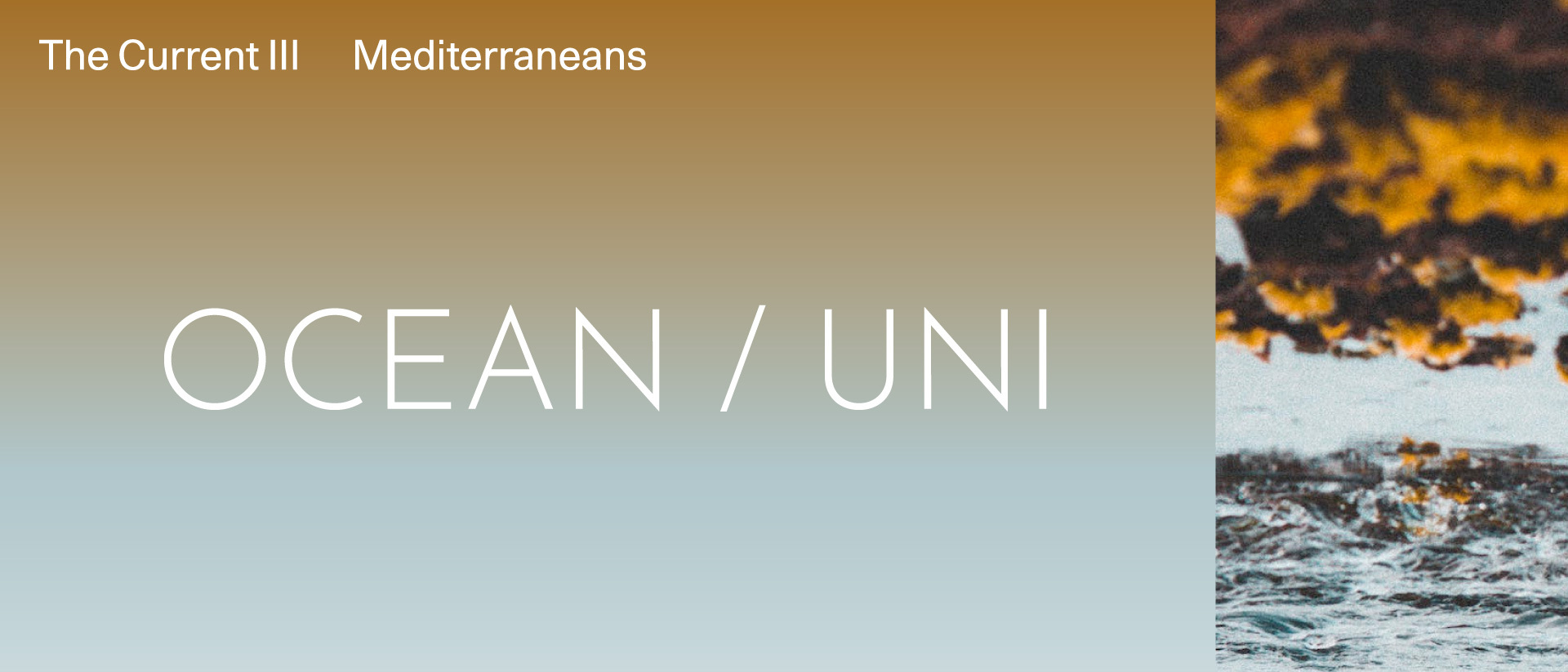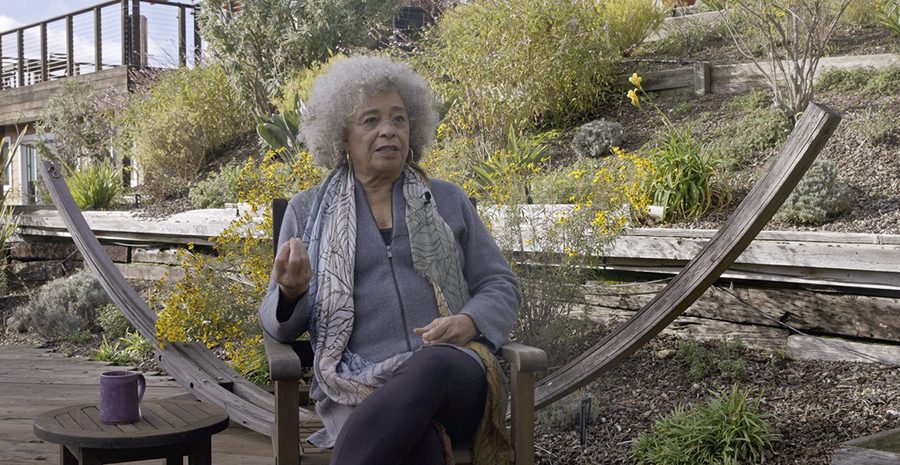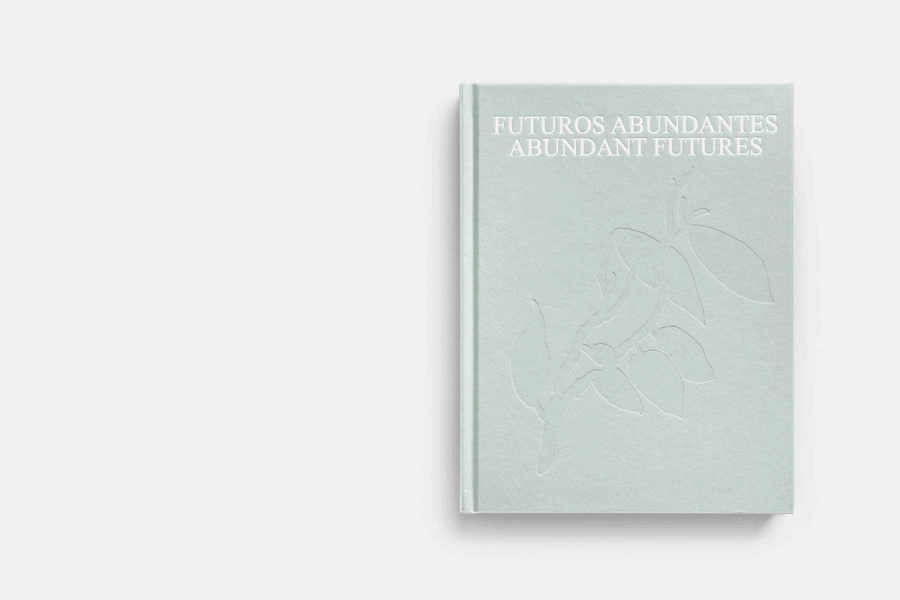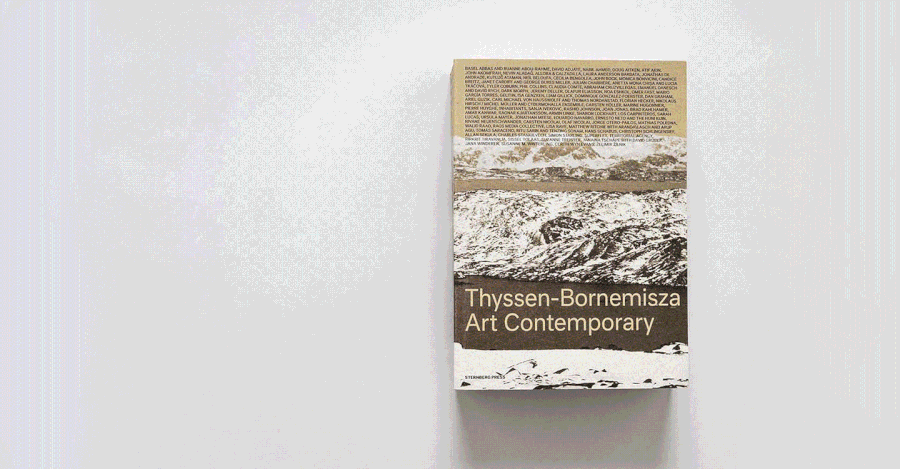Better be watching the clouds, 2000/2017
Walid Raad

Better be watching the clouds_Plate 0345 (Israel_Various)
Better be watching the clouds_Plate 0401 (Hussein Jordan)
Photo: Courtesy the artist | Sfeir-Semler Gallery, Hamburg & Beirut, 2017
Collection
Ten pigmented inkjet prints
76.2 x 50.8 cm (each, unframed)
78.6 x 53.2 x 4 cm (each, framed)
Working across photography, video, sculpture, performance to produce multimedia installations of constructed archival material, Walid Raad explores the fictional and documentary functions of these various mediums as they operate as sources of personal and collective memory, and contemporary and historical narratives in the public realm. Specifically, his work addresses the contemporary history of Lebanon, through the presentation of fictional documents, photographs and film footage which relate to the real events and social, political and psychological effects of the Lebanese civil wars which took place between 1975 and 1991, most notably under the alias of his longterm project The Atlas Group, which he established in 1999. (“Raad himself refers not to the Lebanese Civil War but to the Lebanese civil wars, underscoring the pluralistic nature of the shifting and sometimes conflicting agendas at stake.”)[1]
Better Be Watching the Clouds, is a work which has fallen both within and without the grouped archive of works attributed to that fictional collective, signalled by its appearance in two nomenclatural guises: one dated 1992, another dated twice with the years 1992 and 2017: works classified as authored by The Atlas Group are demarcated by this practice of dual dating - one fictional, and the other a record of its real production by Walid Raad. It comprises a series of works, each made up of a single page from a book of flora native to the Middle East. Over each of the brightly coloured flora are black and white photographic cutouts of the “heads of political leaders involved in, or contemporary with, the Lebanese Civil War”.[2] In its multiple exhibitions, Better Be Watching the Clouds has been displayed with different accompanying narratives, making it emblematic of Raad’s larger practice of fictionalisation, a process which occurs not only with regard to specific works but in a way that sometimes alters the details of those works’ origin status over time. For example, when the work was exhibited at MoMA in 2015, an accompanying wall text read: “The following plates were donated to The Atlas Group in 2000. The anonymous donation came in a box labelled with the following words: Comrade leader, Comrade leader, you’d better be watching the clouds.” When it was exhibited in an eponymous exhibition at Sfeir-Semler gallery in Beirut in 2017, the same plates were said to have arisen from the logbook of Fadwa Hassoun, a fictional character who represents one of many figures through which The Atlas Group’s narratives are performed. In this context, Fadwa Hassoun is outlined as a retired officer in the Lebanese Army, who was a trained botanist tasked with code naming world leaders with the names of local flora.[3]
Peter Osborne, who has written extensively on the work of The Atlas Group as exemplifying the behaviours earmarked in his theory of post-conceptual art, says of Raad’s practice that “it is through the anonymous collectivity of the fiction of the Group itself and the national specificity of its fictions (‘Lebanon’) that the ‘contemporary’, global, transnational character and political meaning of [The Atlas Group’s] practice are constructed.”[4] Along the same lines, Raad has stated that “one of the most intriguing aspects of The Atlas Group is this constant blurring between what is real and what is fiction. What is factual, and what is imaginary. Because although it is presenting us with fictional constructs, they relate, evidently, with reality - not with any kind of reality - with reality in contemporary Lebanon. Can we look at this reality objectively? Can this collection facts… give us access to that reality? To the experiences that people go through in these contexts? Walid Raad is interested in the subjective relationship with reality, with this dimension of experiencing it. And although it’s a fiction, the project itself relates deeply with objects Walid Raad himself found, or with events he himself experienced. So the whole project is mediated by Walid Raad’s experience of the reality he is talking about.”[5]
The narrative which attributes the pages featured in Better Be Watching the Clouds to Fadwa Hassoun yields a critical perspective of the role of political figures in shaping the historical, political and economic landscape of the Lebanon and Middle East by allegorising them as floral fixtures in its terrain. Through such gestures, Walid Raad and The Atlas Group draw attention to the dynamics at play in an increasingly globalised world, as well as to the power of fiction in helping to “approach facts not in their crude facticity.”[6 ] (Elsa Gray)
[1] Eva Respini, “Slippery Delays and Optical Mysteries: The Work of Walid Raad,” in Eva Respini (ed.), Walid Raad (New York: Museum of Modern Art, 2015), 31.
[2] “Walid Raad: Better Be Watching the Clouds,” press release for exhibition at Paula Cooper Gallery, 2017. Available at https://www.paulacoopergallery.com/exhibitions/walid-raad-better-be-watching-the-clouds/press-release
[3] Mary Pelletier, “Walid Raad’s Playful and Dead-Serious Experiments with History.” Web article. Hyperallergic, 29 December 2017. Available at https://hyperallergic.com/419459/walid-raads-playful-and-dead-serious-experiments-with-history/
[4] Peter Osborne, “The Fiction of the Contemporary,” in Anywhere or Not At All (London: Verso, 2013), 34.
[5] Walid Raad speaking in VernissageTV, “The Atlas Group (1989-2004) / A project by Walid Raad / Culturgest / Lisbon, Portugal.” YouTube video. YouTube, 27 August 2015. Available at https://www.youtube.com/watch?v=W7eZWHak2QY
[6] Walid Raad speaking in International Centre of Photography, “2016 ICP Infinity Award: Art — Walid Raad.” YouTube video. YouTube, 12 April 2016. Available at https://www.youtube.com/watch?v=4eJrFG-QKpU
76.2 x 50.8 cm (each, unframed)
78.6 x 53.2 x 4 cm (each, framed)
Working across photography, video, sculpture, performance to produce multimedia installations of constructed archival material, Walid Raad explores the fictional and documentary functions of these various mediums as they operate as sources of personal and collective memory, and contemporary and historical narratives in the public realm. Specifically, his work addresses the contemporary history of Lebanon, through the presentation of fictional documents, photographs and film footage which relate to the real events and social, political and psychological effects of the Lebanese civil wars which took place between 1975 and 1991, most notably under the alias of his longterm project The Atlas Group, which he established in 1999. (“Raad himself refers not to the Lebanese Civil War but to the Lebanese civil wars, underscoring the pluralistic nature of the shifting and sometimes conflicting agendas at stake.”)[1]
Better Be Watching the Clouds, is a work which has fallen both within and without the grouped archive of works attributed to that fictional collective, signalled by its appearance in two nomenclatural guises: one dated 1992, another dated twice with the years 1992 and 2017: works classified as authored by The Atlas Group are demarcated by this practice of dual dating - one fictional, and the other a record of its real production by Walid Raad. It comprises a series of works, each made up of a single page from a book of flora native to the Middle East. Over each of the brightly coloured flora are black and white photographic cutouts of the “heads of political leaders involved in, or contemporary with, the Lebanese Civil War”.[2] In its multiple exhibitions, Better Be Watching the Clouds has been displayed with different accompanying narratives, making it emblematic of Raad’s larger practice of fictionalisation, a process which occurs not only with regard to specific works but in a way that sometimes alters the details of those works’ origin status over time. For example, when the work was exhibited at MoMA in 2015, an accompanying wall text read: “The following plates were donated to The Atlas Group in 2000. The anonymous donation came in a box labelled with the following words: Comrade leader, Comrade leader, you’d better be watching the clouds.” When it was exhibited in an eponymous exhibition at Sfeir-Semler gallery in Beirut in 2017, the same plates were said to have arisen from the logbook of Fadwa Hassoun, a fictional character who represents one of many figures through which The Atlas Group’s narratives are performed. In this context, Fadwa Hassoun is outlined as a retired officer in the Lebanese Army, who was a trained botanist tasked with code naming world leaders with the names of local flora.[3]
Peter Osborne, who has written extensively on the work of The Atlas Group as exemplifying the behaviours earmarked in his theory of post-conceptual art, says of Raad’s practice that “it is through the anonymous collectivity of the fiction of the Group itself and the national specificity of its fictions (‘Lebanon’) that the ‘contemporary’, global, transnational character and political meaning of [The Atlas Group’s] practice are constructed.”[4] Along the same lines, Raad has stated that “one of the most intriguing aspects of The Atlas Group is this constant blurring between what is real and what is fiction. What is factual, and what is imaginary. Because although it is presenting us with fictional constructs, they relate, evidently, with reality - not with any kind of reality - with reality in contemporary Lebanon. Can we look at this reality objectively? Can this collection facts… give us access to that reality? To the experiences that people go through in these contexts? Walid Raad is interested in the subjective relationship with reality, with this dimension of experiencing it. And although it’s a fiction, the project itself relates deeply with objects Walid Raad himself found, or with events he himself experienced. So the whole project is mediated by Walid Raad’s experience of the reality he is talking about.”[5]
The narrative which attributes the pages featured in Better Be Watching the Clouds to Fadwa Hassoun yields a critical perspective of the role of political figures in shaping the historical, political and economic landscape of the Lebanon and Middle East by allegorising them as floral fixtures in its terrain. Through such gestures, Walid Raad and The Atlas Group draw attention to the dynamics at play in an increasingly globalised world, as well as to the power of fiction in helping to “approach facts not in their crude facticity.”[6 ] (Elsa Gray)
[1] Eva Respini, “Slippery Delays and Optical Mysteries: The Work of Walid Raad,” in Eva Respini (ed.), Walid Raad (New York: Museum of Modern Art, 2015), 31.
[2] “Walid Raad: Better Be Watching the Clouds,” press release for exhibition at Paula Cooper Gallery, 2017. Available at https://www.paulacoopergallery.com/exhibitions/walid-raad-better-be-watching-the-clouds/press-release
[3] Mary Pelletier, “Walid Raad’s Playful and Dead-Serious Experiments with History.” Web article. Hyperallergic, 29 December 2017. Available at https://hyperallergic.com/419459/walid-raads-playful-and-dead-serious-experiments-with-history/
[4] Peter Osborne, “The Fiction of the Contemporary,” in Anywhere or Not At All (London: Verso, 2013), 34.
[5] Walid Raad speaking in VernissageTV, “The Atlas Group (1989-2004) / A project by Walid Raad / Culturgest / Lisbon, Portugal.” YouTube video. YouTube, 27 August 2015. Available at https://www.youtube.com/watch?v=W7eZWHak2QY
[6] Walid Raad speaking in International Centre of Photography, “2016 ICP Infinity Award: Art — Walid Raad.” YouTube video. YouTube, 12 April 2016. Available at https://www.youtube.com/watch?v=4eJrFG-QKpU
Walid Raad (Ra'ad) (Arabic: وليد رعد) (born 1967 in Chbanieh, Lebanon) is a contemporary media artist. The Atlas Group is a fictional collective, the work of which is produced by Walid Raad. He lives and works in New York, where he is currently an associate professor at the School of Art at the Cooper Union School of Art.
His works to date include film, photography, multimedia installations, and accompanying public performances. All, in one way or another, deal with the contemporary history of Lebanon with particular emphasis on the Lebanese Civil War of 1975–90. The work is also often concerned with the representation of traumatic events of collective historical dimensions; and the ways film, video, and photography function as documents of physical and psychological violence.[1] He is also a member of the Arab Image Foundation.[2]
This biography is from Wikipedia under an Attribution-ShareAlike Creative Commons License.
His works to date include film, photography, multimedia installations, and accompanying public performances. All, in one way or another, deal with the contemporary history of Lebanon with particular emphasis on the Lebanese Civil War of 1975–90. The work is also often concerned with the representation of traumatic events of collective historical dimensions; and the ways film, video, and photography function as documents of physical and psychological violence.[1] He is also a member of the Arab Image Foundation.[2]
This biography is from Wikipedia under an Attribution-ShareAlike Creative Commons License.



